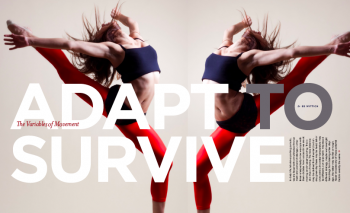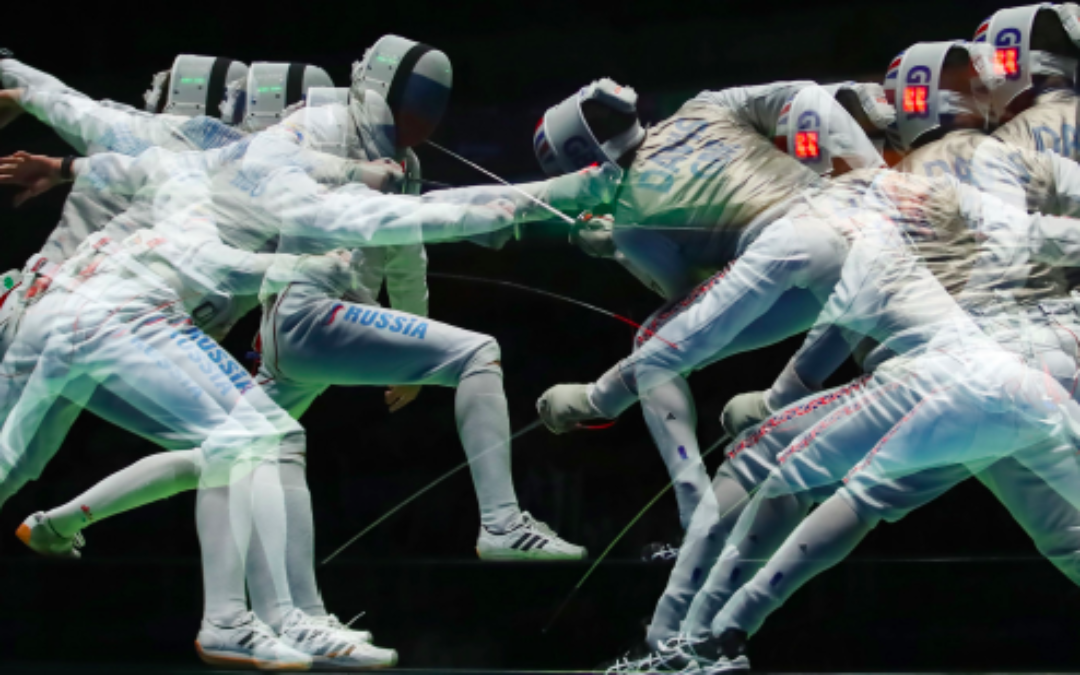Movement Variability and it’s impact on rowing
Movement Variability and it’s impact on rowing; Adapt To Survive!
It’s been a while between posts from us as we’ve been traveling the world, well mainly the USA, from the World Champs to the Charles we’ve hit both coasts and the center in between. All that sitting made me think about moving and it brought back the relevance of moving well – here we bring you an article I wrote for Row360 on the exact topic – a big movement in sports training, but it’s not all new.
In daily living, let alone our sporting pursuits, we are faced with a multitude of movement and postural challenges, sometimes unexpectedly. How we cope with them dictates how successful we are at moving and in essence, living. This is also true of rowing – the race distance may be defined from the start but on any given day there may be head, tail or crosswinds, the water temperature may be different, our opponents may race a different strategy, maybe we have tight hamstrings from training a few days ago, the water may be flat or rough. Never once are any of these factors exactly the same, especially in Rio in August by the looks. We need the weapon of variability in our movement arsenal for all of these scenarios and as such it is a keystone for effective training and even healthcare.
Variability, from a biological sense, is defined as the power possessed by living organisms to adapt themselves to modifications or changes in their environment. It is now seen that the ability to make small adjustments to a basic repetitive physiological pattern like a heart rate, brain waves, energy use and movement seems to be a good indicator of health and function.
We often used to believe in and seek out the ability to perform skills exactly the same way over and over, like a machine would, because that’s how we believed the pro’s did it, but in more modern times what we have found is that the pro’s don’t do it like that. The pro’s have a great ability to adapt to environments, distractions, physiological responses and more by selecting the most effective movement patterns needed for what they are seeing/feeling/hearing. An elite golfer does not hit the exact same drive every time, studies on experienced tradespeople have found that they almost never hit nails in exactly the same manner, even when hammering only one nail multiple times. Each of these skilled practitioners moves differently, or at least with adjustments each time but they are elite at what they do because the output is always very similar. In other words different strategies are used to produce the same or close to the same results.
2x Olympic US rower and movement coach Erin Carfaro said………Read on by hitting the link!
Adapt To Survive – Movement Variability Row360 article Issue 15


